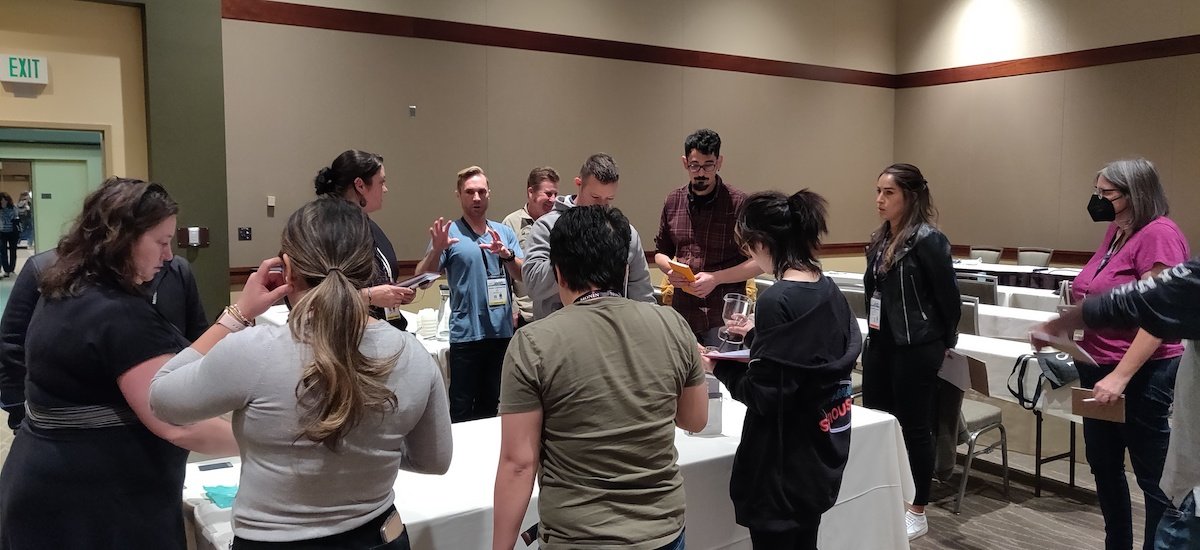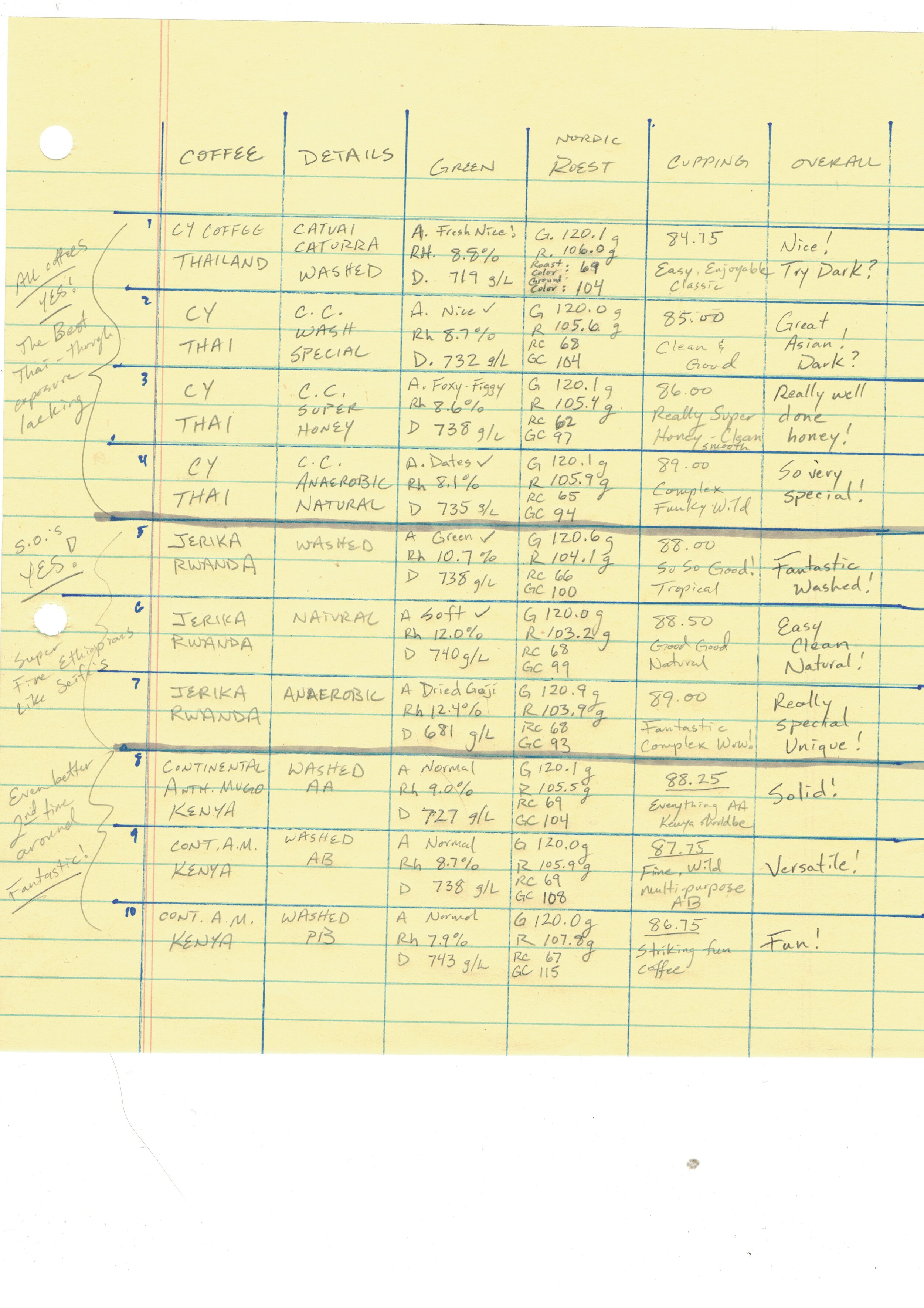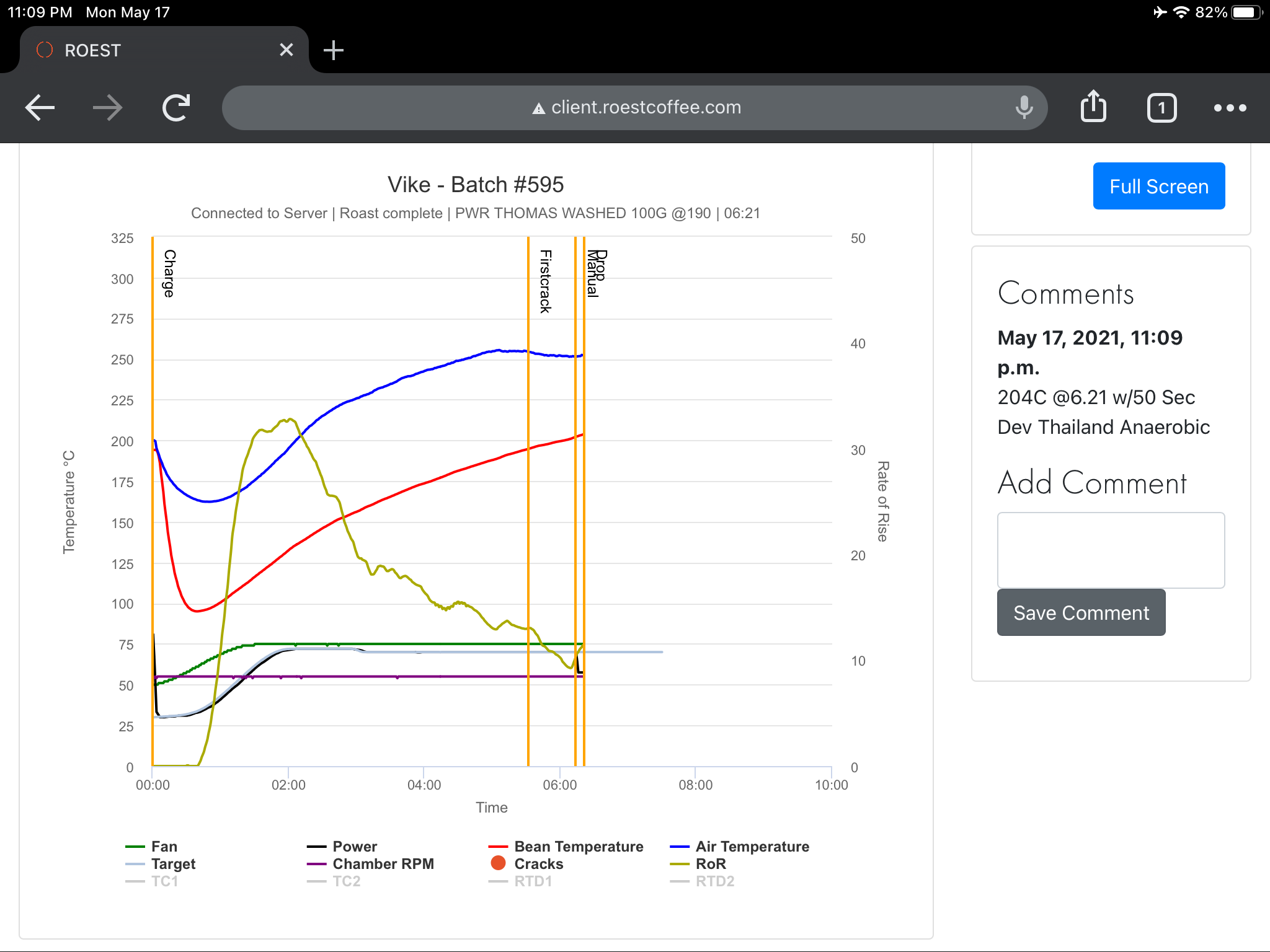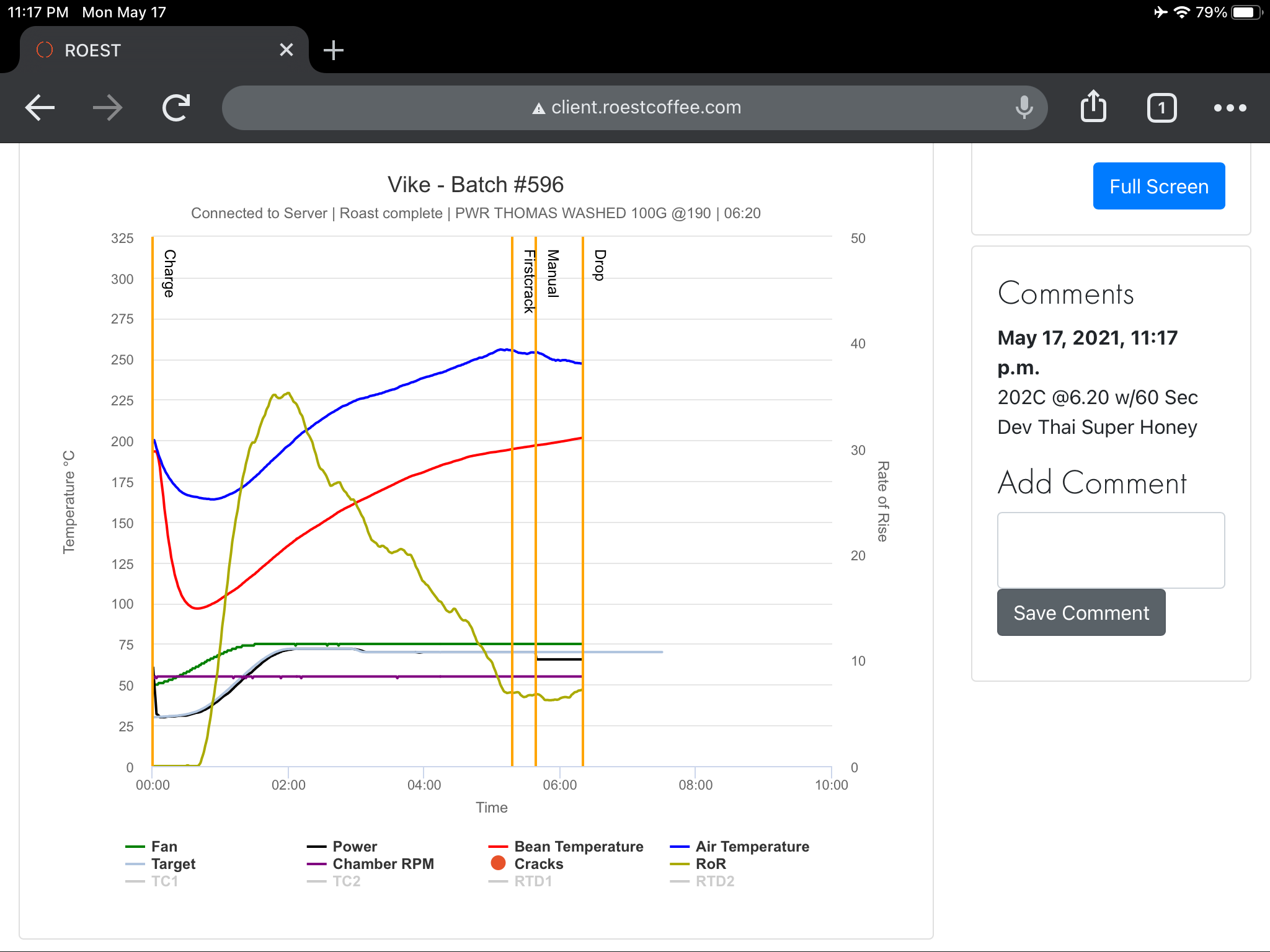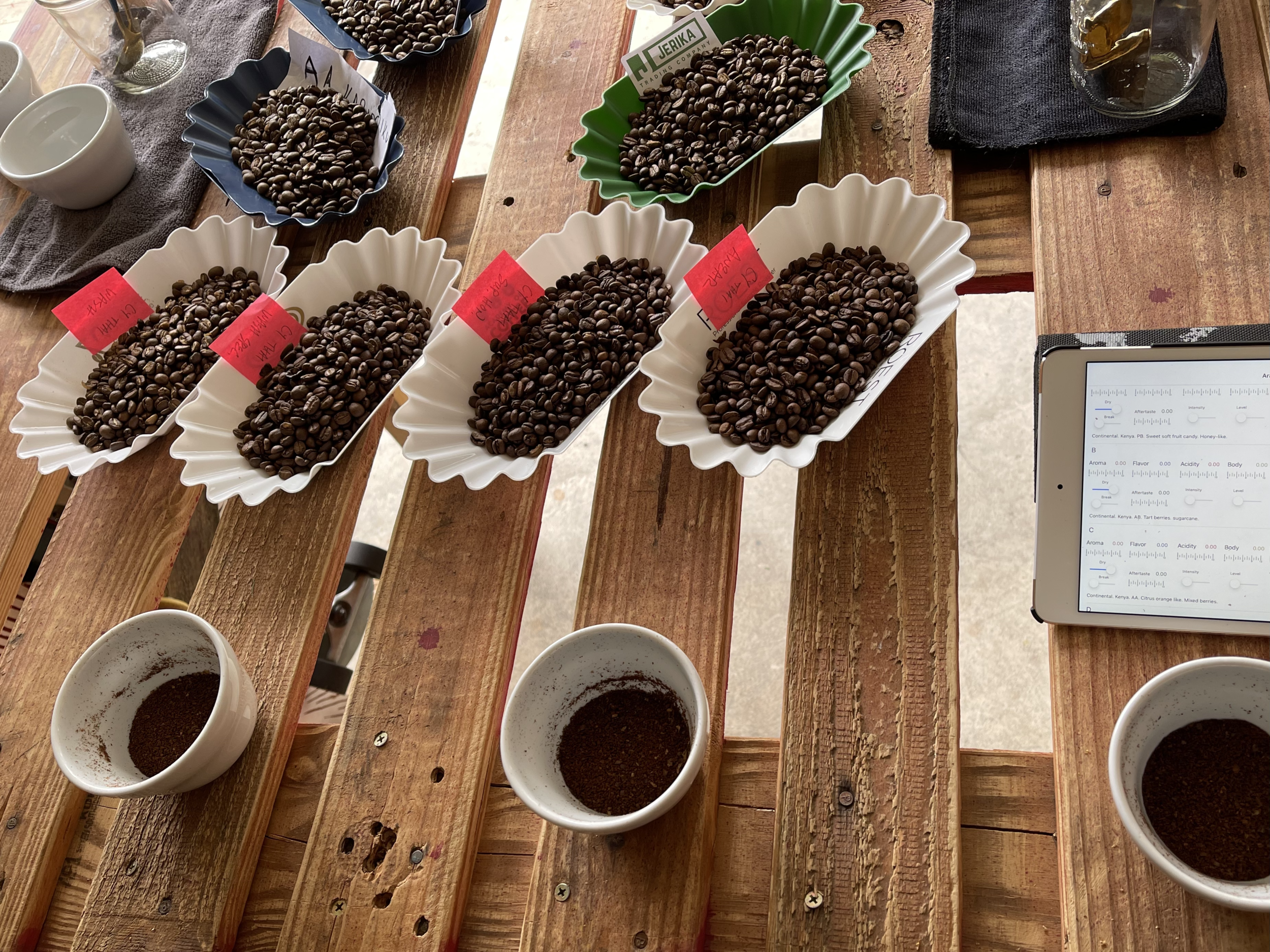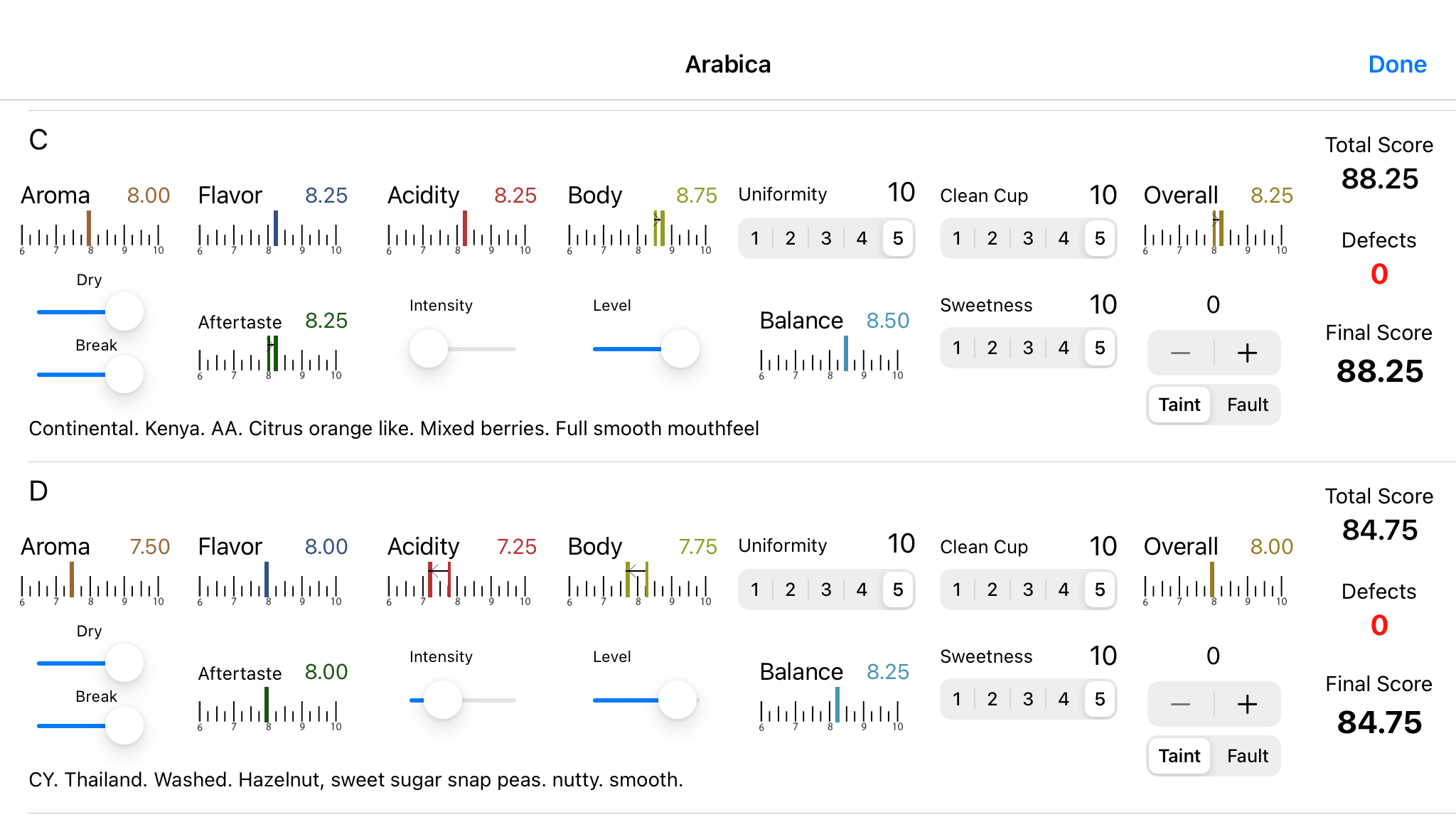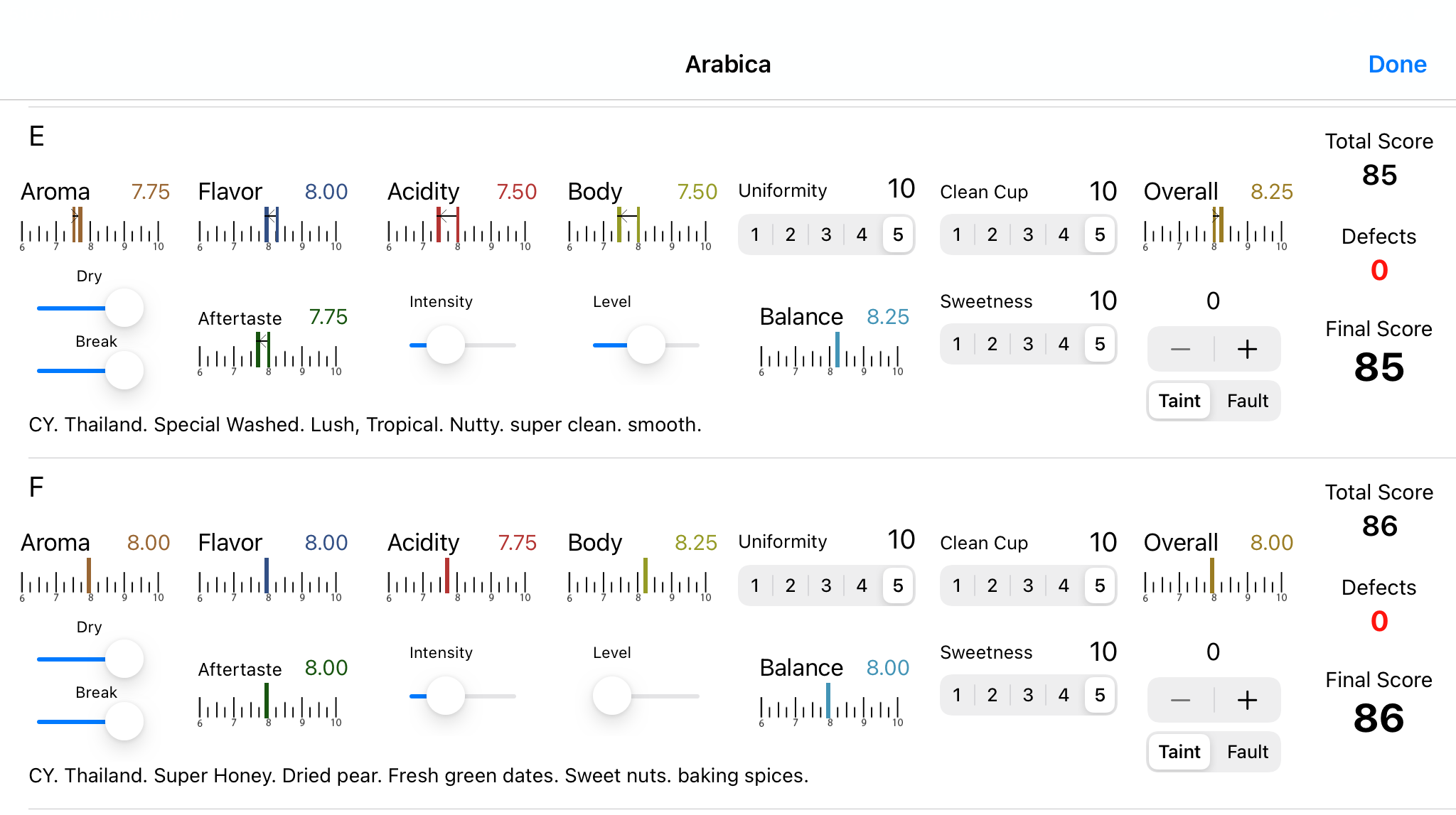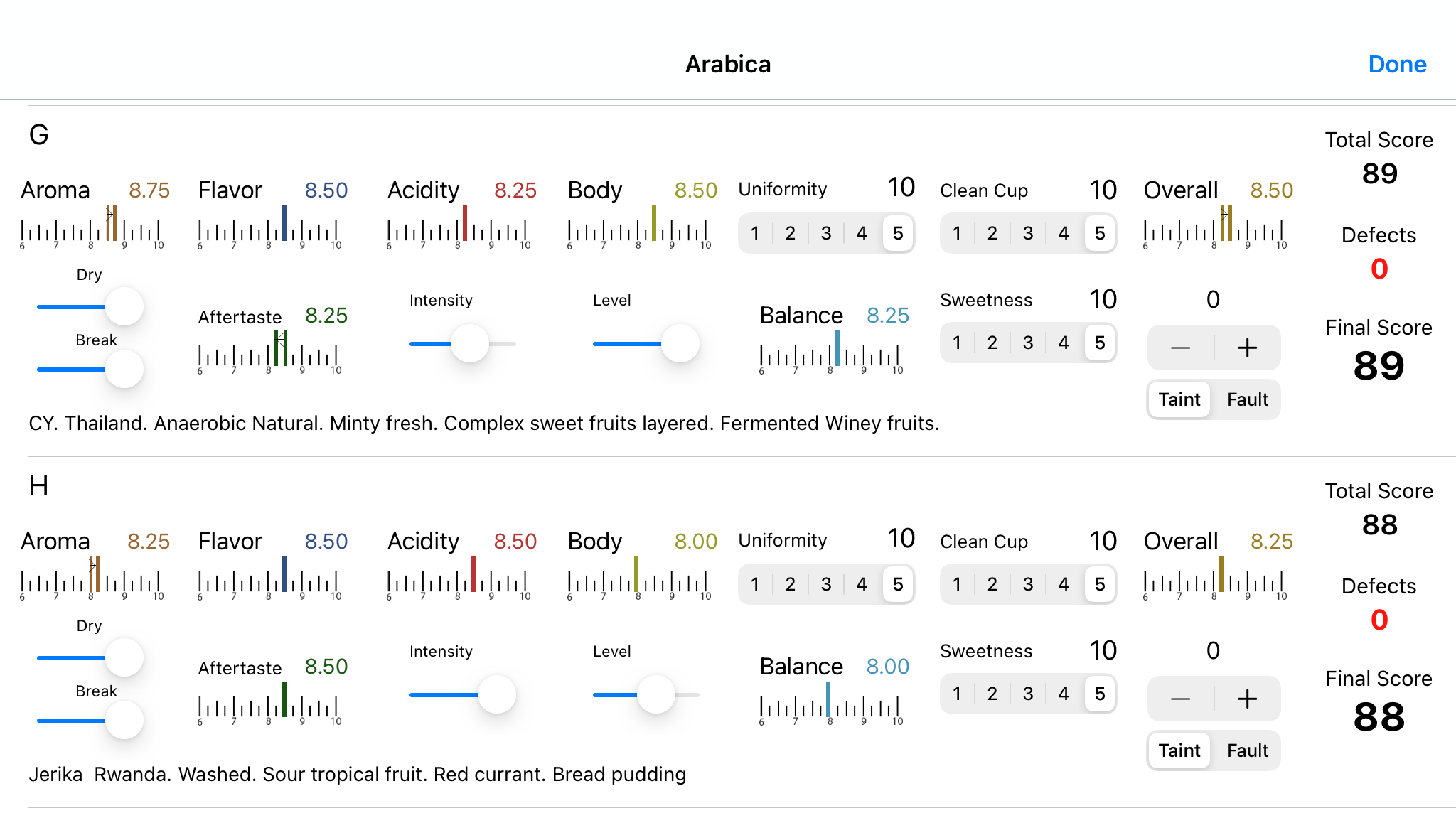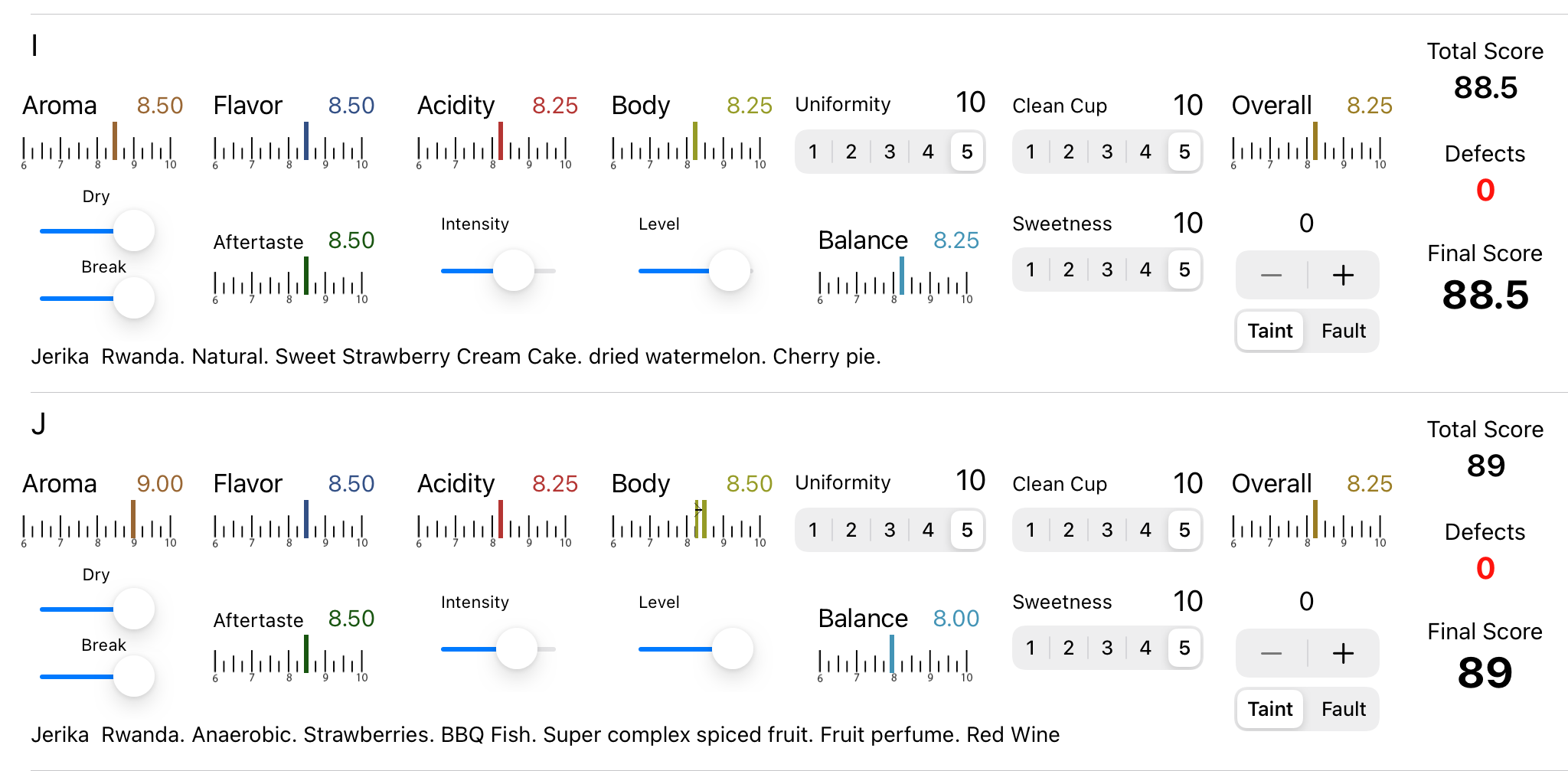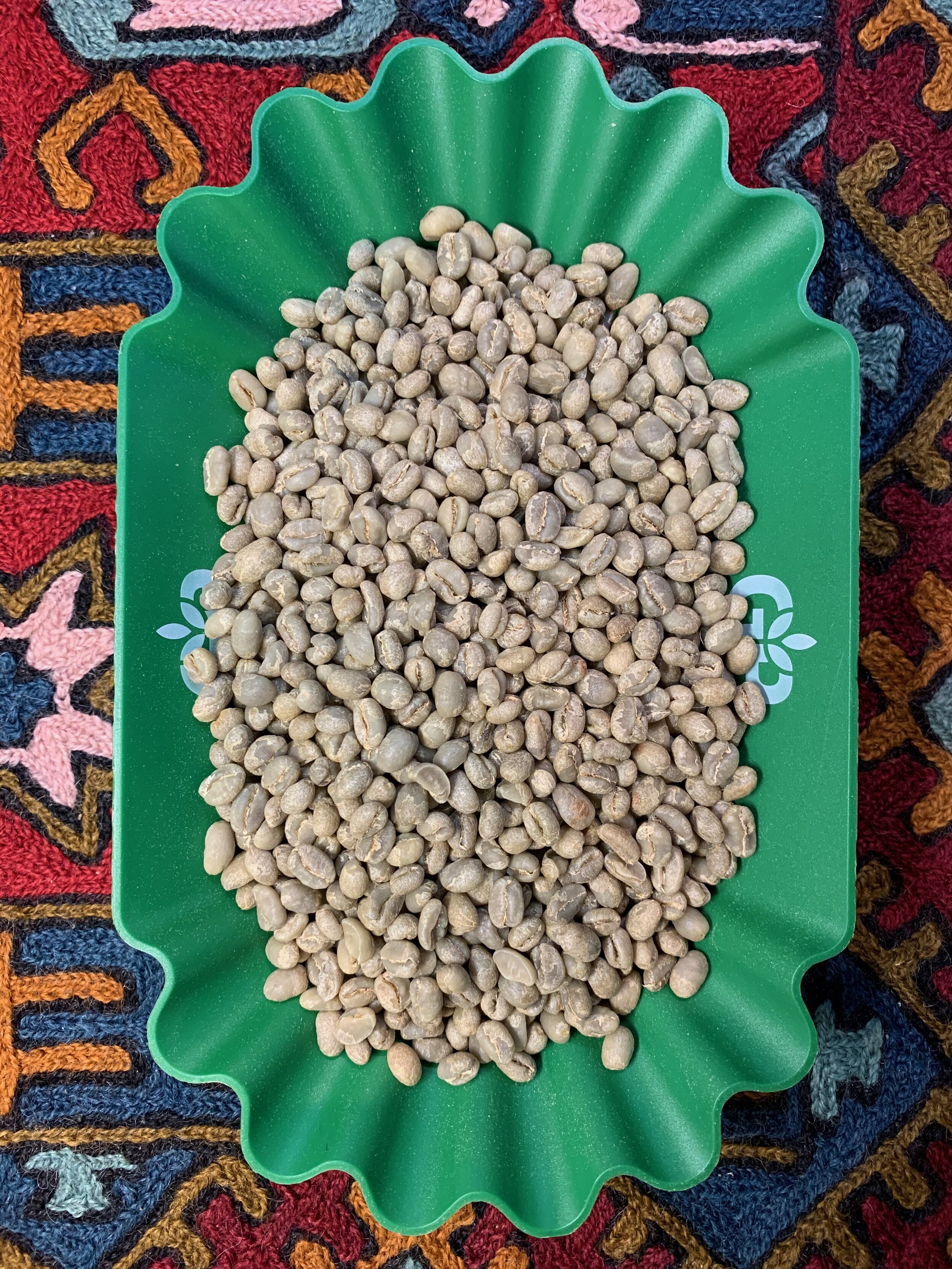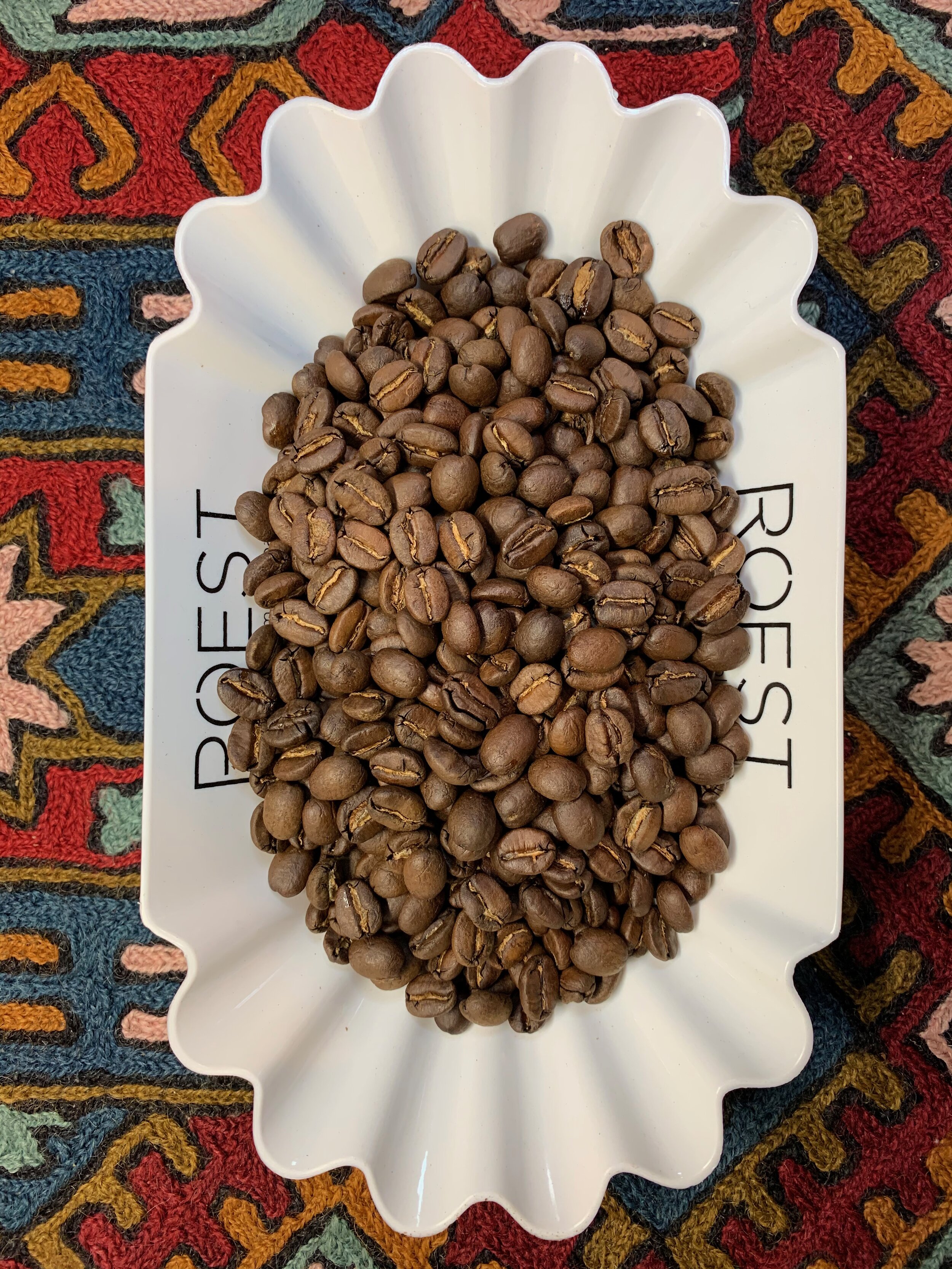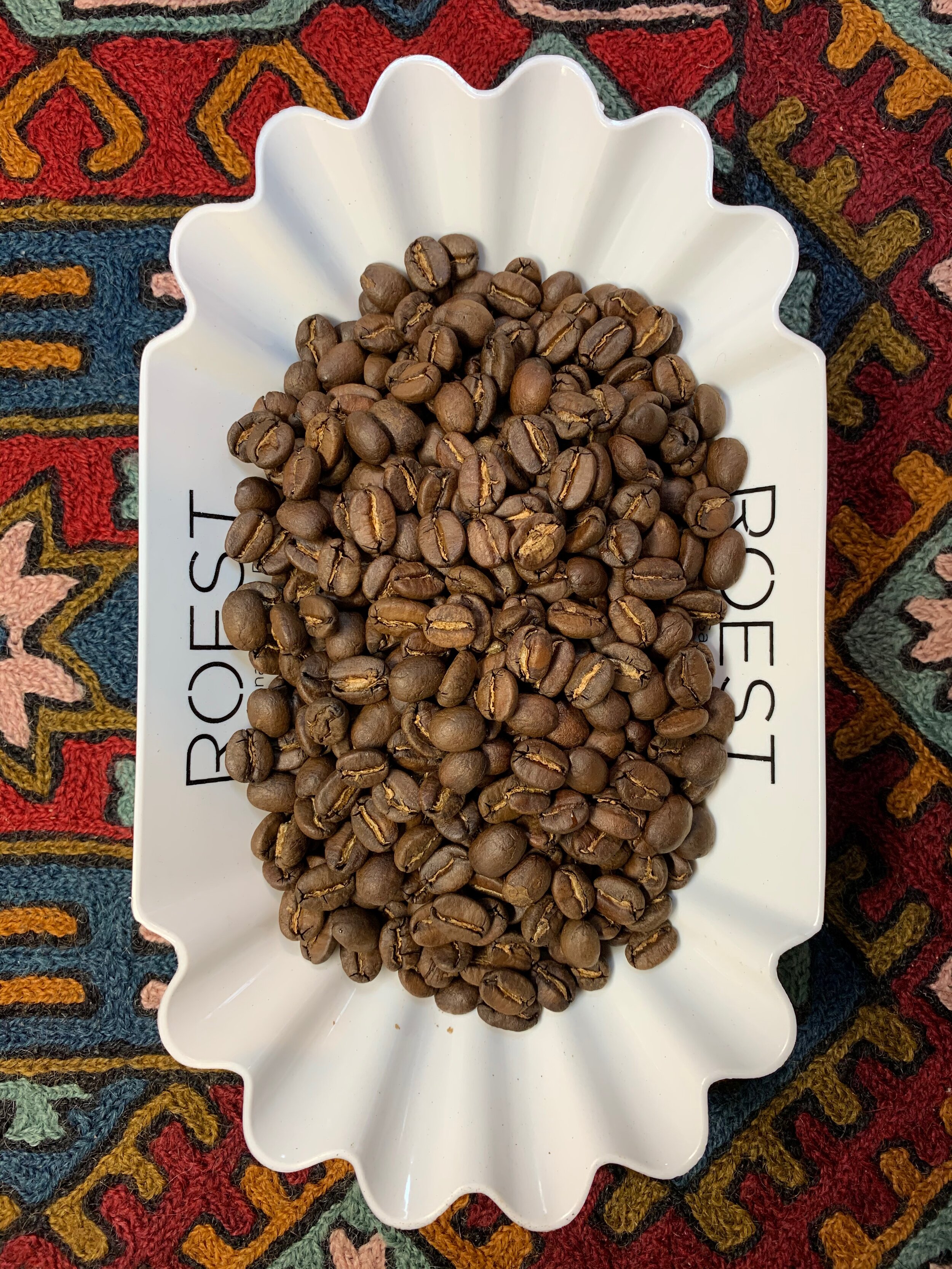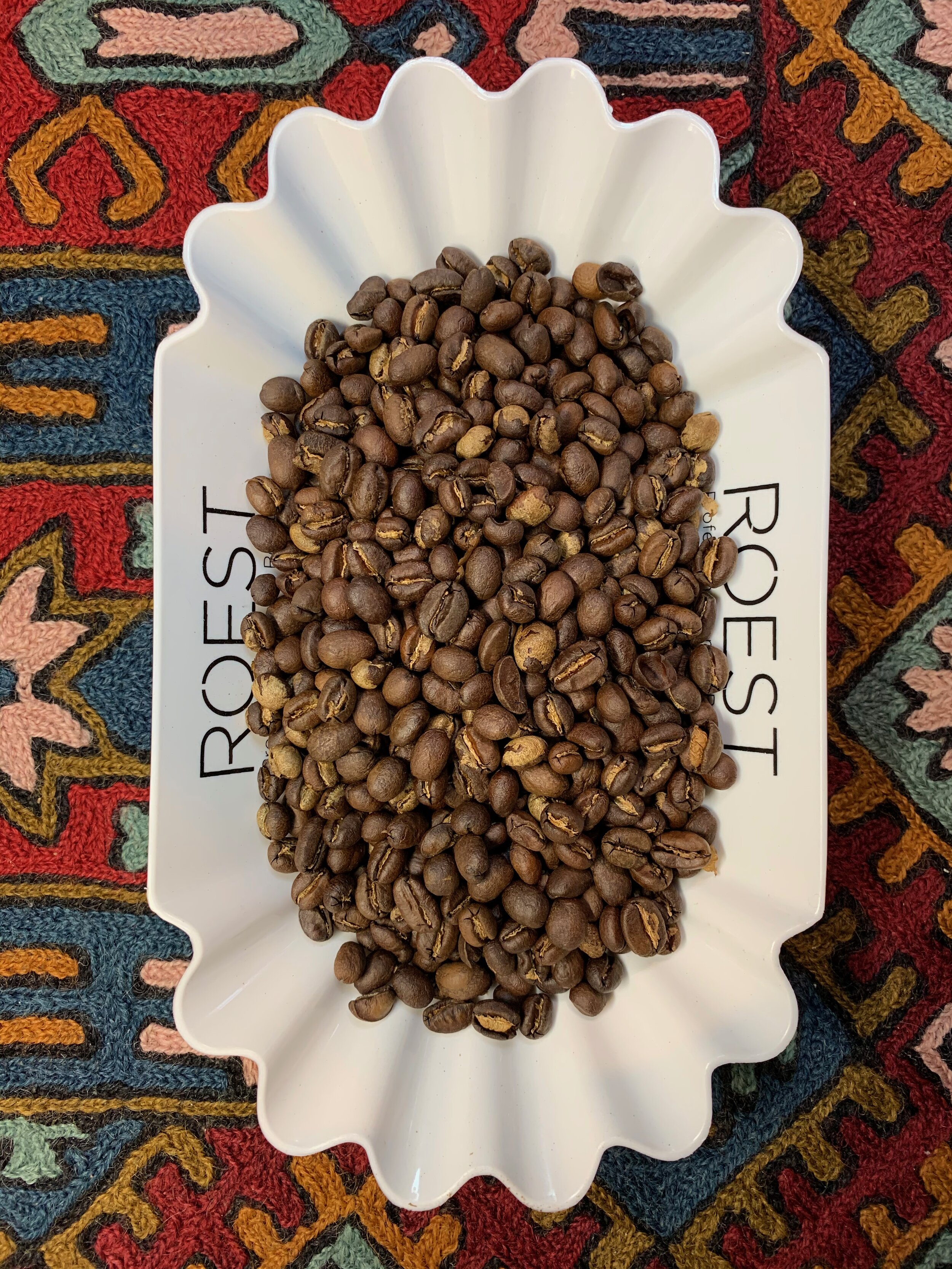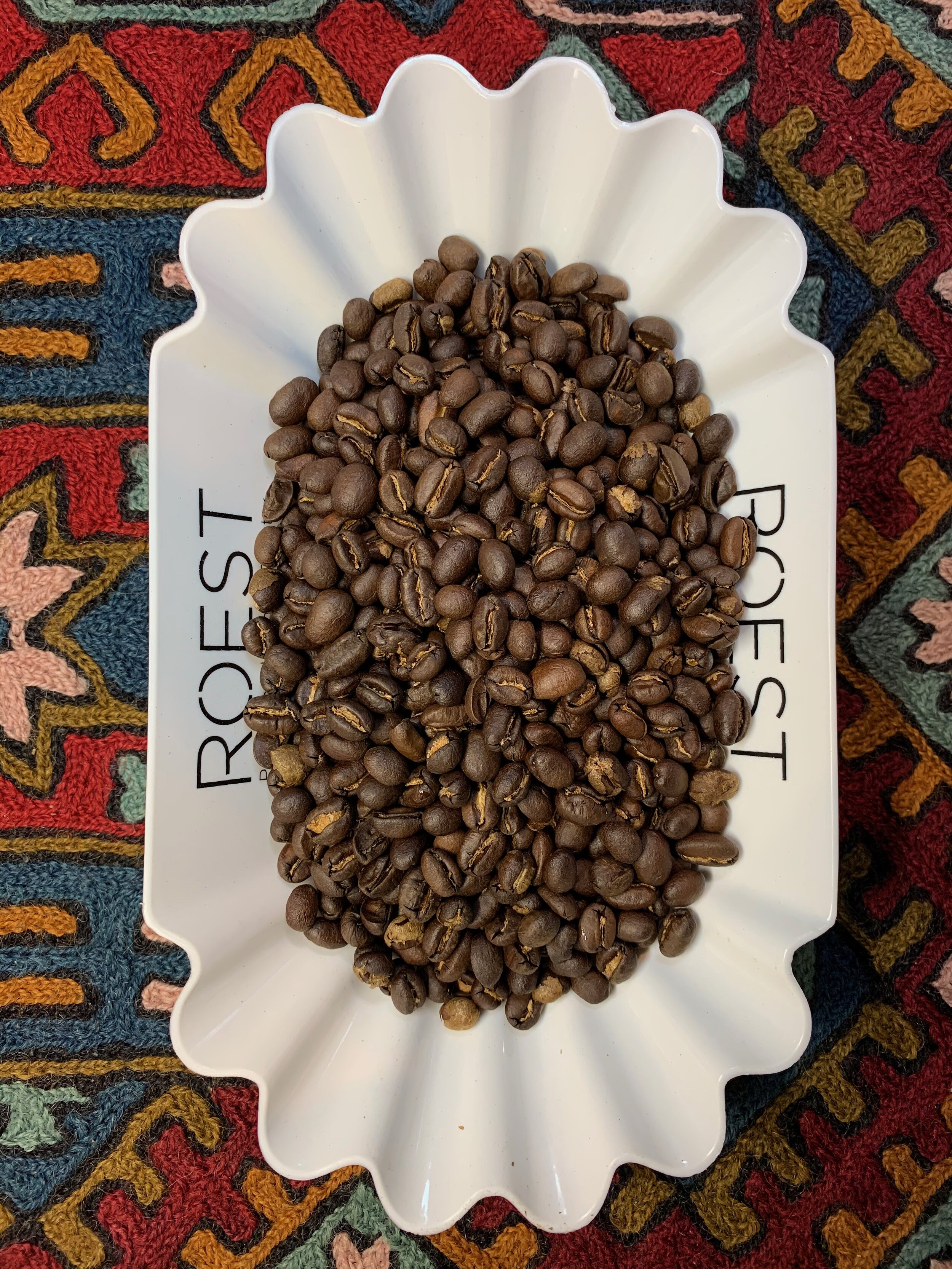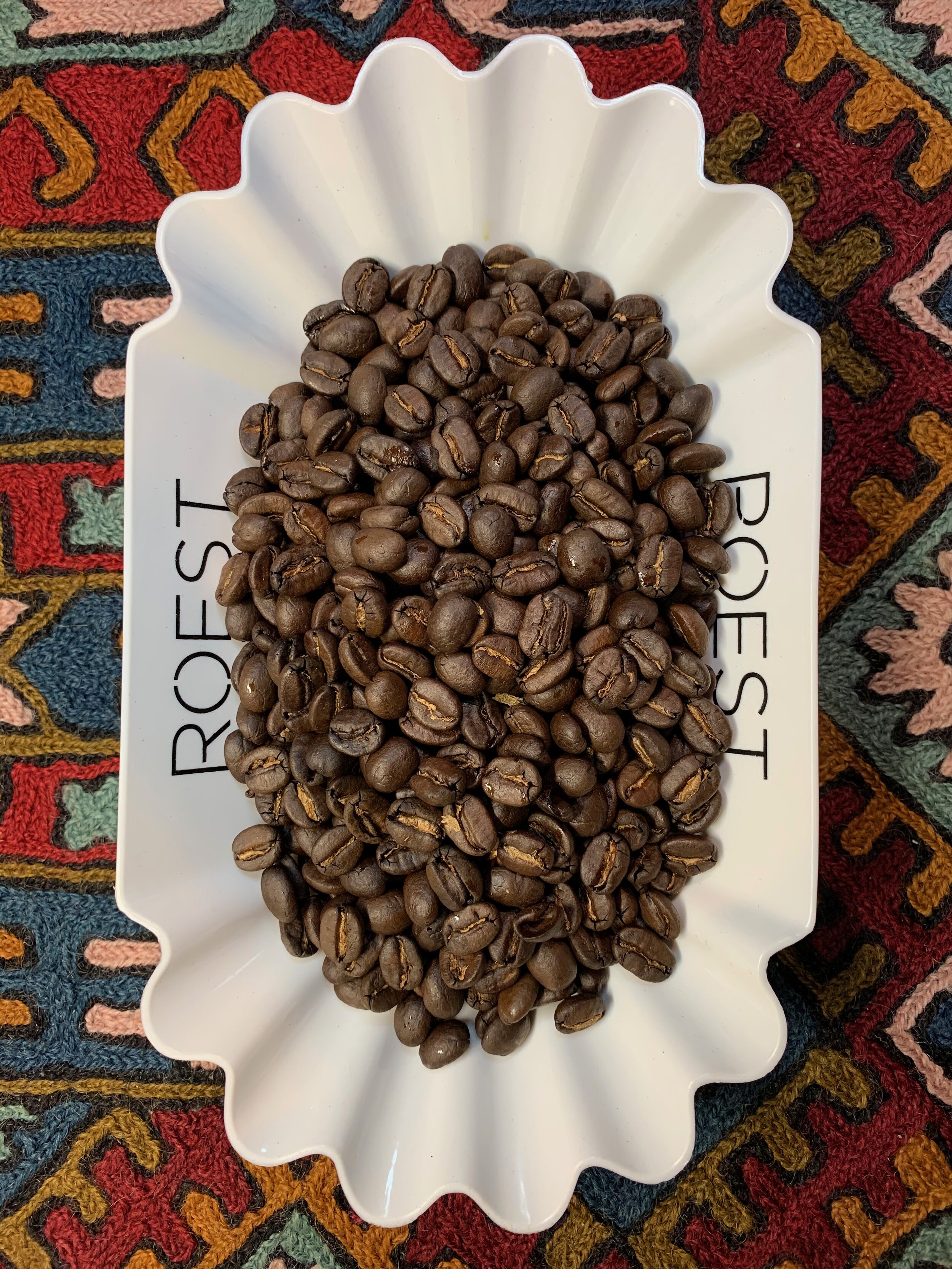As of August 1, 2022 we want you, we want new learners to watch for the Open-Enrollment window of time. This is the open enrollment when you can join into a course. The first course, for example, is going to be Sensory Skills Foundation, and it’s going to be open for 10 days. Sensory Skills Foundation, all the new learners should join from August 1st - 10th.
Now, these will be changing and updated by email.
Every student who joins this course will be able to start your study, work on your practicals for the course and you may even have time to complete the entire course. Wait for the announcement for our first Google Meeting and class call. All of our new students, that first cohort are going to be invited.
You need to attend the call, just like you attend your class in order to keep progressing. We also are going to invite in our alumni.
We’ve got dozens… hundreds of students who have taken specific courses over the past years, we want them to come in and to join your course. Not only will you be able to ask me questions and to interact with your classmates in that meeting.
We want the alumni to share with you what it’s like to go through that course and take steps in their career and in their coffee business.
Open Enrollment will close and you’ll have to wait to the next class to get into the next cohort. Yet, once you’re an alumni, if you took this course last year, you’re always a part of that group. So every time a new cohort joins you’ll alway be able to join.
We’ll be cupping, we’ll be roasting, we’ll be looking at equipment. Once you start this program (as long as you want to stick around) we’re going to keep developing and creating meetings with classes for you to visit.
We’ll be sending those out by social media and sharing those by email so be sure to:
Those are going to be the three hot places to be, though more may be coming, and we’ll be sure to share the news.
If you’ve been thinking about joining an online SCA course and if you’ve been asking, “what’s the online experience going to be like?” This is the time, it’s going to be rich and it’s going to be flexible and it’s going to be dynamic with an international cohort from around the world.
Once you join, you’re a part of our Community of HowToCoffeePro alumni, so come on back alumni, please join us for these calls, watch for the announcements, join in on the Instagram lives. We would love for you to speak into these topics. Tell us about your company, tell us about your career and the challenges you have faced and overcome.
We need to give hope to the next generation of coffee professionals. That’s what HowToCoffeePro is all about: giving you the how to skills to become a coffee professional and Make Life Better.
I can’t wait to see you in class!
Come on, let’s go.









